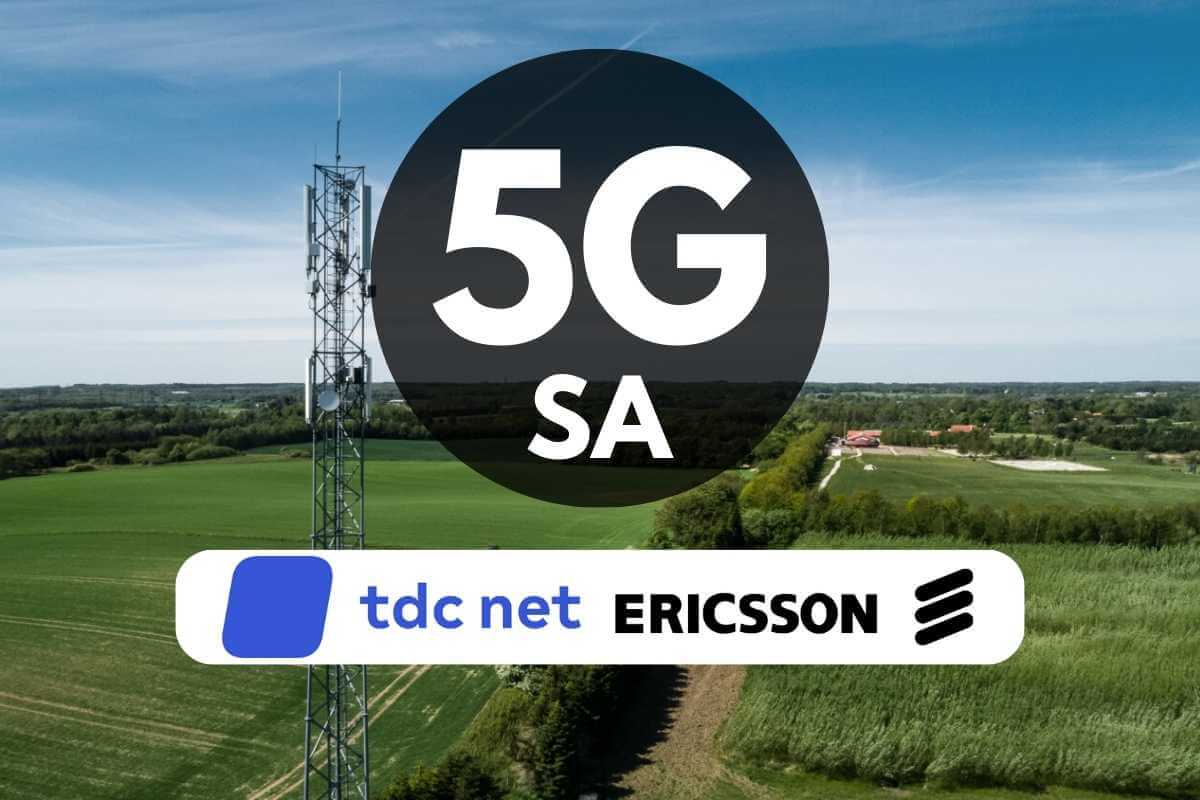
Ericsson and Danish digital infrastructure provider TDC NET have launched the first 5G Standalone (SA) network in Denmark. The move marks a major milestone in the development of 5G in Denmark and will enable a wide range of new use cases for consumers, businesses, and industries.
Also Read: KPN Tests 5G Standalone Network in Netherlands
Denmark's 5G SA Network Launch
Ericsson and TDC NET said they have activated Denmark's first 5G Standalone (5G SA) network, and this new 5G SA network promises lower latency, increased efficiency, and new possibilities for consumers and industries.
Transitioning from NSA to 5G SA
According to the statement, TDC NET first launched a non-standalone (NSA) 5G network in September 2020, working alongside Ericsson's 4G infrastructure. Now, the shift to 5G SA is facilitated by Ericsson's dual-mode 5G Core solution, enabling enhanced connectivity and greater network performance.
Also Read: Explained: Differences Between 5G NSA and SA
TDC NET, says, "We were the first to introduce 5G in Denmark and now we are taking the next big step by switching on 5G Standalone. This will offer consumers, enterprises and industries enhanced efficiency, safety, and a range of opportunities across everything from self-driving cars, remote work, healthcare, as well as mission-critical operations by authorities."
"In addition, 5G Standalone will also enable energy efficiency improvements thanks to more data being transmitted with the same amount of energy and faster access to content," added TDC NET.
Also Read: TDC NET Deploys Nokia’s IP Routing Solutions for Network Expansion in Denmark
Downlink Speeds Achieved
The joint statement highlighted that Ericsson and TDC NET have already achieved a 7 Gbps downlink peak throughput in a live site environment. Ericsson Radio System, supported by millimeter wave and mid-band spectrum, serves as the backend for this achievement. This is made possible by New Radio Dual Connectivity (NR-DC) mode through Ericsson's 5G Core and a high modulation scheme.
Additionally, Ericsson highlighted that 5G SA networks are known for their energy efficiency, consuming less power per transmitted gigabyte compared to 4G. This has been demonstrated in real-world scenarios, such as during the Tour de France 2022 in Copenhagen.
For example, A 5G trial using Ericsson Massive MIMO radios on 5G TDD (time division duplex) spectrum could deliver up to 13 times more data with the same energy consumption compared to LTE FDD (frequency division duplex).
Also Read: Ericsson 5G Standalone Technology Powers Movistar’s 5G+ Network
TDC NET's Net Zero emissions Target
This deployment of 5G SA in Denmark opens the door to various applications, from self-driving cars to remote work and healthcare innovations. It also aligns with TDC NET's goal to achieve Net Zero emissions by 2030.
The introduction of cloud-native software architecture by TDC NET ensures fast and reliable service delivery, benefiting subscribers and businesses. Network slicing capabilities further enable customized solutions for various customer segments.















